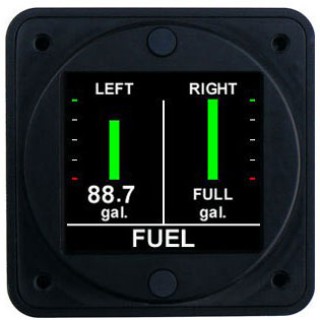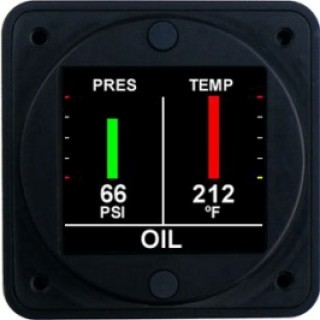Timbeck2
Final Approach
For some reason back in 1969, when they built my plane with the state of the art resistance style gauges that only have to be accurate when the tank is empty - they didn't really get into the colors as to when you should start getting concerned and when you need to land right now to refuel.
So I've got this fancy Aerospace Logic fuel gauge and one of the first steps in the calibration process is to input what level of fuel remaining to go yellow and what level to go red. My POH doesn't really cover this so I guess its a judgment call.
I'm thinking 9 gallons remaining should trigger the yellow and 5 should trigger a red. What do you intelligent and handsome peeps think?
So I've got this fancy Aerospace Logic fuel gauge and one of the first steps in the calibration process is to input what level of fuel remaining to go yellow and what level to go red. My POH doesn't really cover this so I guess its a judgment call.
I'm thinking 9 gallons remaining should trigger the yellow and 5 should trigger a red. What do you intelligent and handsome peeps think?




